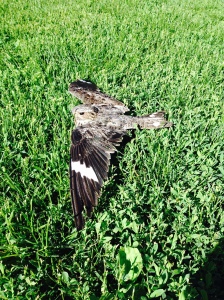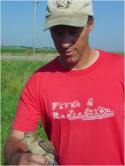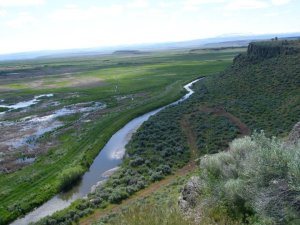At Oregon State University, I worked on Jim Rivers’ Tachycineta swallow study. I assisted in his behavioral ecology and stress hormones research. I also led a diet sample survey.
Below are the papers we published:
Rivers, J. W., G. N. Newberry, C. J. Schwarz, D. R. Ardia. 2016. Success despite the stress: violet-green swallows increase glucocorticoids and maintain reproductive output despite experimental increases in flight costs. DOI: 10.1111/1365-2435.12719.
Garlick, N., Newberry, G. N., and J. R. Rivers. 2014. An Assessment of Nestling Diet Composition in the Violet-green Swallow (Tachycineta thalassina). Northwest Science 88(1): 49-54, 2014_Garlick et al._NW Science
Below are some of the Violet-green and Tree swallows I caught:
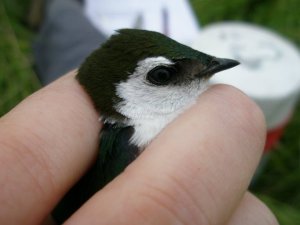
Male Violet-green swallow

Female Violet-green swallow
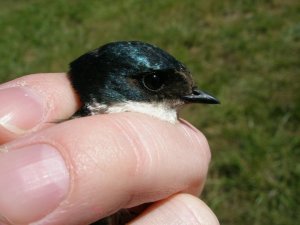
Tree swallow





